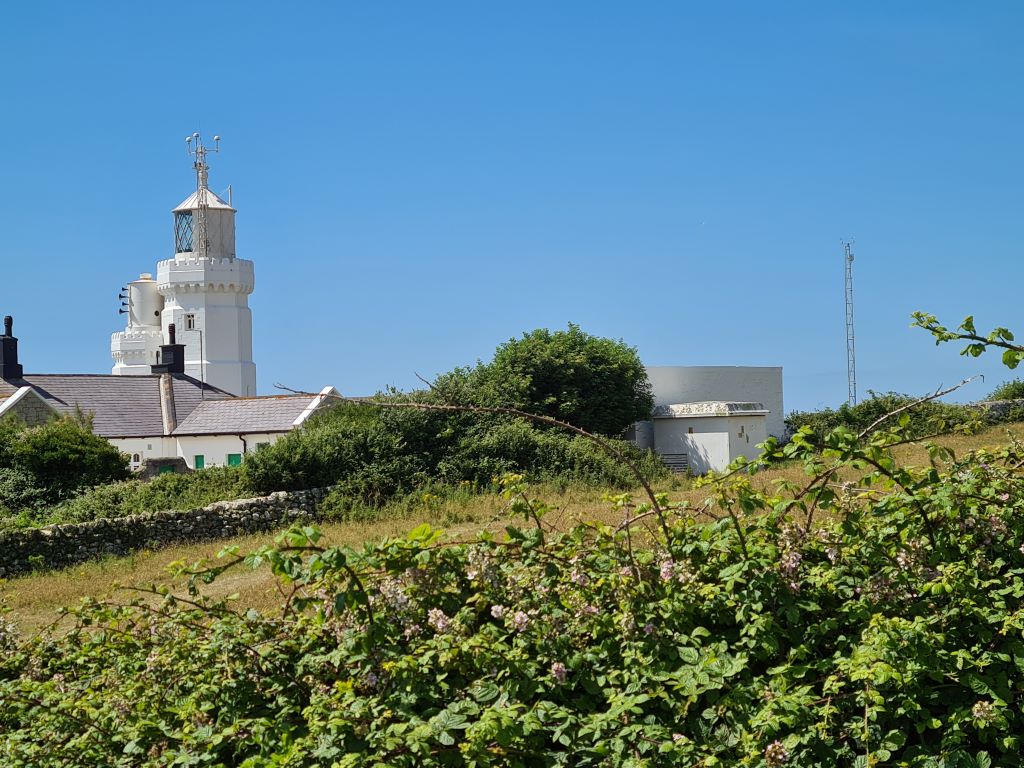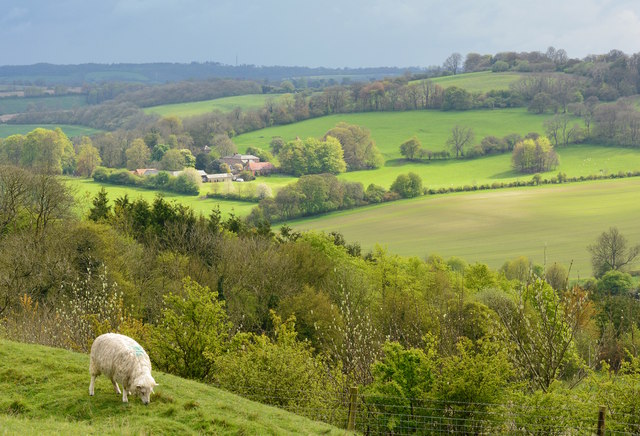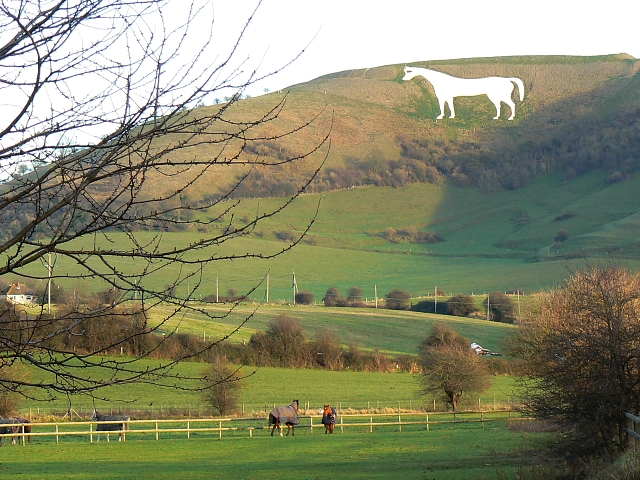The Royal Military Academy Sandhurst (RMAS), often shortened to just Sandhurst, is only partially located in Wessex, straddling the border of Berkshire and Surrey. Its ceremonial entrance is not located in Sandhurst itself, but in Camberley, Surrey. It is not really an “attraction” in the sense that most of the entries in this series are, but it is a notable institution nonetheless, and open to the public under certain conditions (see below).
Sandhurst’s origins date back to the early 19th century when the need for a centralized institution to train British Army officers became apparent. Prior to its establishment, officer training was decentralized, leading to inconsistent standards and methods. In response, the Royal Military Academy was founded on the site of the former Royal Military College in Marlow, Buckinghamshire, and later moved to its current location in Sandhurst, Berkshire, in 1812. It merged with the Royal Military Academy in Woolwich in 1947.
From the outset, Sandhurst has been dedicated to producing leaders who possess not only the technical skills required for warfare but also the character, discipline, and ethical foundation to make difficult decisions in the heat of battle. Its motto, “Serve to Lead,” encapsulates the academy’s mission to instill leadership qualities in its cadets.
The curriculum covers military history, tactics, ethics and international affairs. Physical training is paramount, with cadets undergoing rigorous training to ensure that they are in peak physical condition, Character development is also important, with potential officers being taught the leadership skills they will need in the field.
The list of Sandhurst graduates who have gone on to achieve great success in military and civilian life is extensive. Notable Sandhurst alumni include Winston Churchill, Oswald Mosley. King Hussein of Jordan, and Princes William and Harry. Those who went on to success in non-military or leadership roles include Ian Fleming, David Niven, Dad’s Army co-creator David Croft, and James Blunt.
These alumni represent a diverse range of backgrounds and experiences, highlighting the global reach and impact of Sandhurst’s training.
While Sandhurst has a rich history, it has also evolved to meet the changing demands of the modern military. Today, the academy trains not only British officers but also international cadets from over 30 countries. This international dimension reflects the academy’s commitment to fostering cooperation and understanding among nations.
Tours of Sandhurst are available to the public, bookable at the Sandhurst Trust’s website, Tours cost £25 per person at the time of writing, and must be booked at least four weeks in advance.





